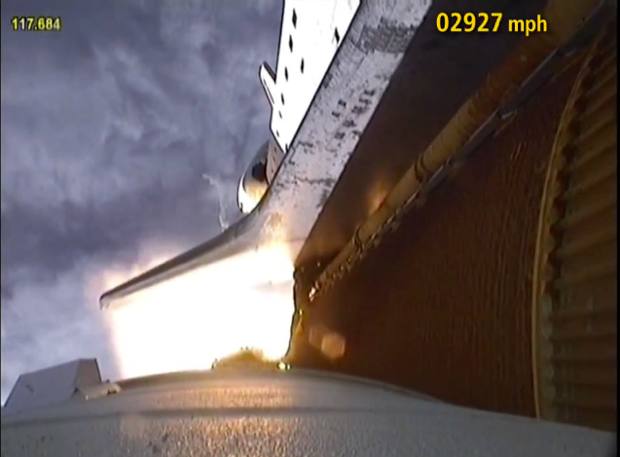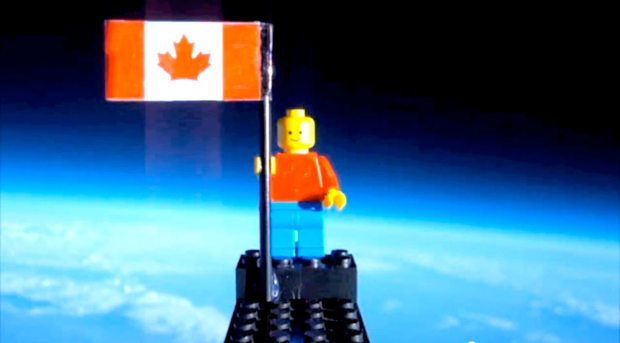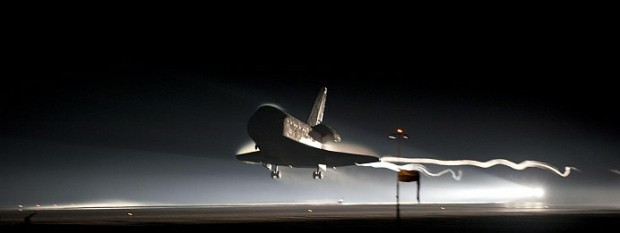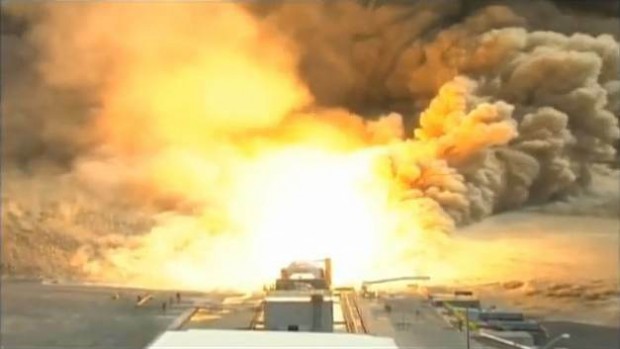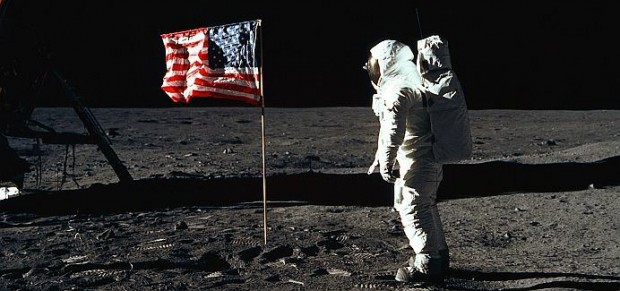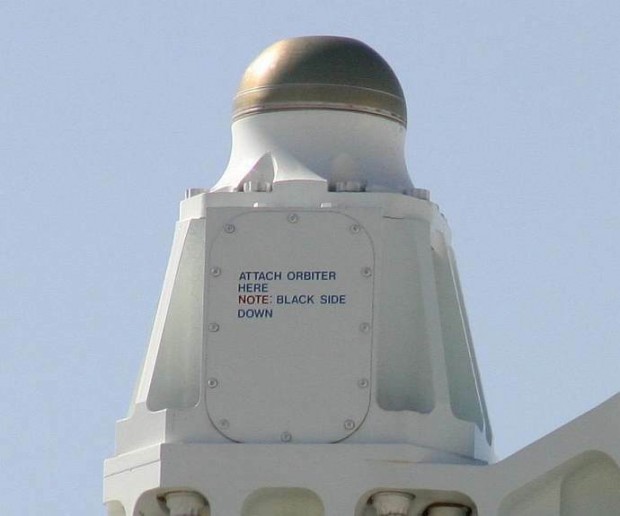Back in 2004 I mentioned 99942 Aphophis, a near earth asteroid who was calculated to have a 1 in 37 (2.7%) chance of hitting earth in 2029. That was subsequently ruled a non-existent risk however if it passed through a gravitational keyhole in 2029 it would have a 1 in 250,000 chance in 2036 or 1 in 12.3 million in 2037. Most of us have other terrestrial things to worry about. There’s also a chance something else from the heavens is on a collision course and we just don’t see it. We only monitor a tiny portion of the sky.
Russia however sounds like it may want to make an attempt to divert the course of this asteroid in 2029. If that idea sounds familiar from somewhere, you’re right. It’s the plot for Armageddon. Bruce Willis might be a little to old for the job by 2029 though.
Unless the trajectory data in 2029 substantially changes the odds, it seems like it would be a bad idea to even attempt something like this. The odds of a human failure would likely be higher than the risk of the asteroid without human meddling. Being prepared may not be such a bad idea however, odds are we’d be able to reuse the technology as an impact is inevitable given enough time.
Philip Plait, Ph.D. of Bad Astronomy mentions this specific asteroid and the idea of moving or blowing it up in Death From The Skies. The movies are bogus, it’s not easy. Density and composition of the asteroid are important. It may just be a giant chunk of iron, or a “garbage pile” of rock.

